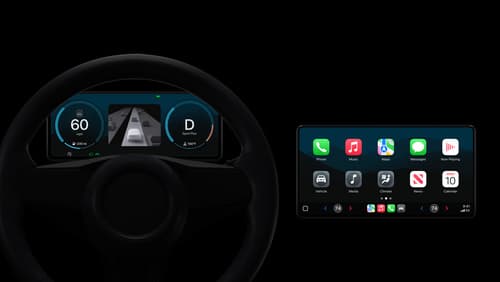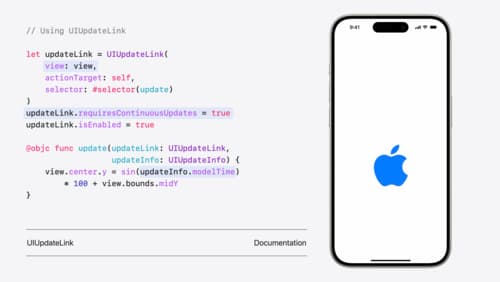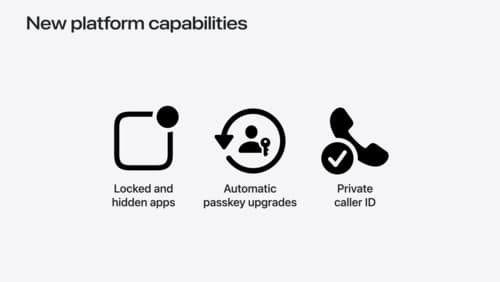How can i get udid device on swift
Asked on 2025-02-06
1 search
To get the UDID of a device in Swift, you typically need to use Apple's APIs that provide access to device identifiers. However, Apple has restricted access to the UDID for privacy reasons, and it is not directly accessible in apps. Instead, you can use the identifierForVendor property of UIDevice to get a unique identifier for your app on a device. Here's a simple example in Swift:
import UIKit
if let identifierForVendor = UIDevice.current.identifierForVendor {
print("Device Identifier: \(identifierForVendor.uuidString)")
}
This code will give you a unique identifier for the app on the device, which is different from the UDID but serves a similar purpose for app-specific identification.
If you are working with embedded devices or need to interact with hardware, you might find the session "Go small with Embedded Swift" from WWDC 2024 useful. It discusses using Swift for programming embedded devices, which might be relevant if you are working with hardware that requires unique identifiers. You can explore more about this in the session Go small with Embedded Swift (03:39).

Meet the next generation of CarPlay architecture
Dive into the architecture for the next generation of CarPlay. Learn how your vehicle system works with iPhone to create a single cohesive experience that showcases the best of your car and iPhone. Learn how UI is rendered and composited, and explore ways to configure and customize a special experience for each vehicle model. This session is intended for automakers and system developers interested in the next generation of CarPlay.

What’s new in UIKit
Explore everything new in UIKit, including tab and document launch experiences, transitions, and text and input changes. We’ll also discuss better-than-ever interoperability between UIKit and SwiftUI animations and gestures, as well as general improvements throughout UIKit.

What’s new in privacy
At Apple, we believe privacy is a fundamental human right. Learn about new and improved permission flows and other features that manage data in a privacy-preserving way, so that you can focus on creating great app experiences.
